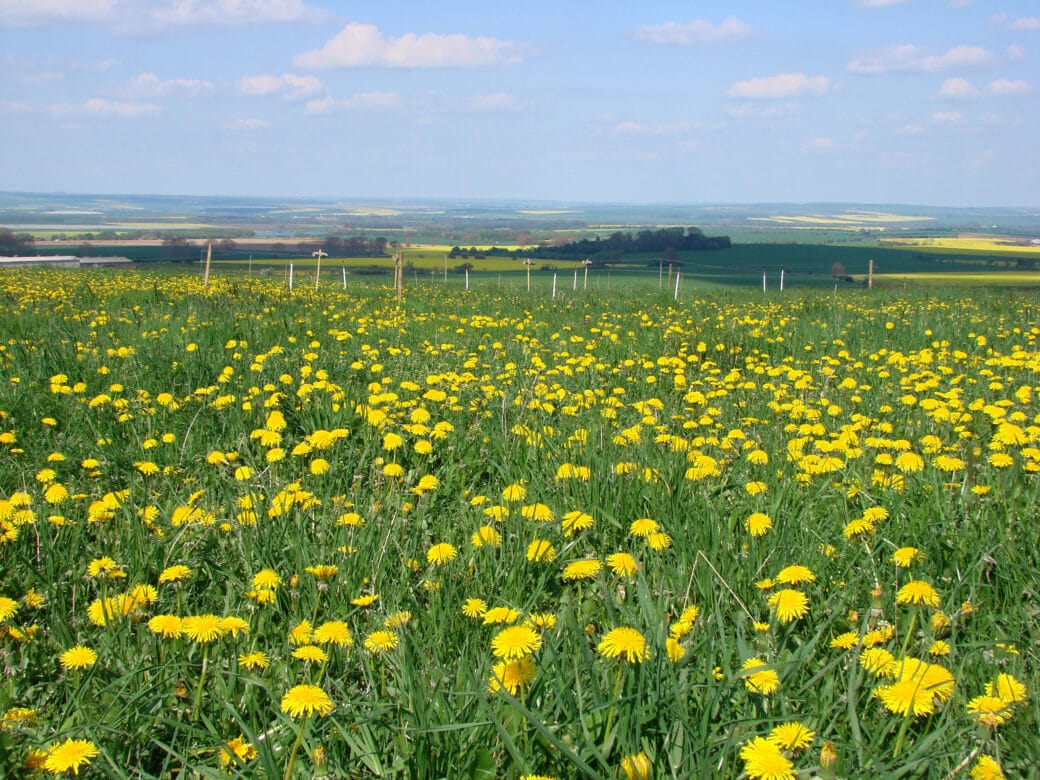The functional role of soil biodiversity in grassland habitats: effects of land use and climate on niche properties, decomposition and greenhouse gas fluxes

- to identify how land use, resource heterogeneity and climate affect niche properties of soil fauna species with different traits.
- to analyse the relationship between decomposition processes, land use, community composition and climatic conditions over large scales and under field conditions.
- to determine the role of land use, food web complexity and climatic conditions on greenhouse gas emission from grassland soils.
- The width of trophic niches in mobile species will only partly depend on resource heterogeneity in grassland habitats, as the heterogeneity of the surrounding landscape will contribute to variances in isotope signatures. In contrast, niche widths of less mobile species will primarily be determined by on-plot resource heterogeneity.
- Local differences in land use will primarily affect species richness of soil communities; whereas regional differences in landscape structure and climatic conditions lead to dominance shifts. These dominance changes in response to large scale factors particularly bear the potential to alter niche partitioning between species.
- Grazing on bacterial communities will lead to increased microbial activity and greenhouse gas emission. However, the presence of predators will reduce grazing pressure and greenhouse gas emissions via cascading effects on bacterial biomass. Such cascading effects will be stronger in intensively managed grasslands which are already dominated by bacteria and under higher temperatures.
- By using soil from all 27 grassland very intensively studied plots (VIPs) we further hypothesize that soil fauna feeding activity and decomposition rates are primarily driven by climatic conditions, whereas differences in abundance or diversity between grasslands under different land use intensity are less important for such processes.
Analytical approaches include the measurement of 13C and 15N stable isotope ratios and their variances to provide information about niche properties from soil communities under different land use intensities. Soil core transplant experiments are used to study the importance of climatic conditions and community composition on soil fauna feeding activity and decomposition processes. Analysis of phospholipid fatty acid patterns (PLFA) will further provide information about bacterial and fungal biomasses in the above mentioned experiments. Microcosm measurements of N2O, CH4 and CO2 emission from different soil and under different environmental conditions combined with manipulations of food chain complexity will provide information about the role of land use and food chain length on greenhouse gas emission. The analysis of soils in all three Biodiversity Exploratories will facilitate generalizations about the functional role of soil fauna communities along climatic gradients.









